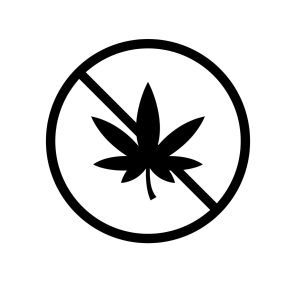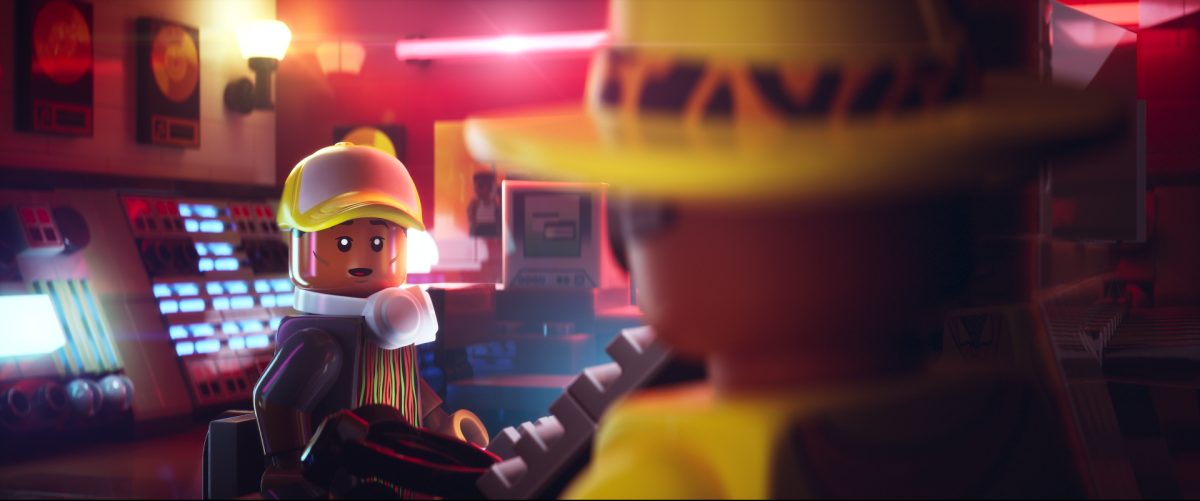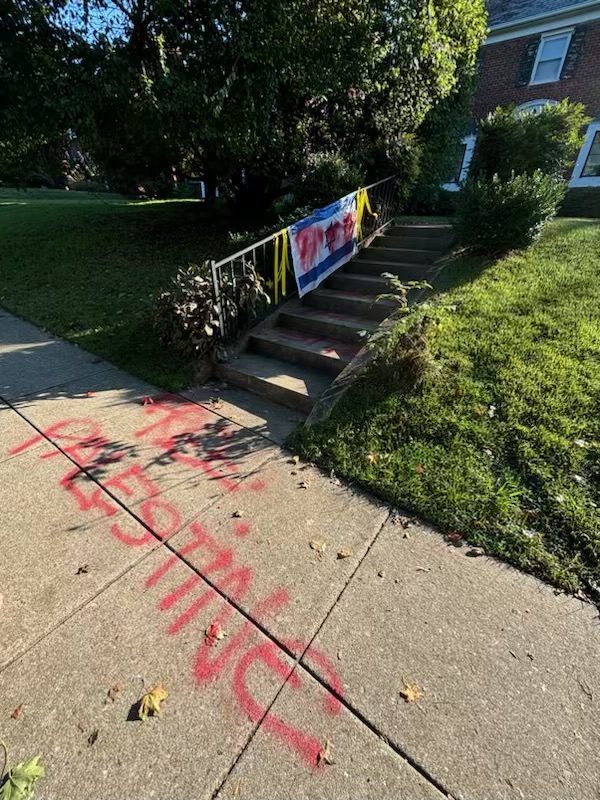Pro
January 8, 2023
Even though marijuana is currently illegal in Maryland, it is incredibly easy to find. Whether it is legalized or not, there will always be alleyways that reek of weed and teenagers who find access to the drug. Through the legalization of recreational marijuana, Maryland can ensure that adults access marijuana through safe and legal avenues.
According to American Addiction Centers, cannabis bought off the street can be laced with heavy metals, embalming fluids, fungus, bacteria, PCP, heroin, laundry detergent, LSD, methamphetamine, ketamine, fentanyl or cocaine.
In 2023, the Maryland General Assembly will confer to decide the parameters behind purchasing recreational marijuana. The legislation that passed in the midterm elections did not include a framework for the commercial market, but once the General Assembly sets this framework, purchasing marijuana can become safe and legal. This means that instances of purchasing laced marijuana will decrease because there will be secure avenues of accessing the drug, including medical dispensaries or other legal retail sources.
Additionally, legalizing marijuana will help to mitigate the nation’s drug crisis. The FBI’s 2019 crime statistics state that there were 1,067,764 drug abuse violations in the United States that year. Of those arrests, 32.1% were due to marijuana possession. That accounts for more drug-related arrests than any other category of drug crime.
If the research showed marijuana was a significant danger to the population, then it should be prohibited. However, negative effects from marijuana generally occur after sustained long-term use. It is an addictive substance, but so are alcohol and tobacco. Education about marijuana’s effects and what safe use looks like is more important than outright prohibition.
In addition, criminalizing marijuana harms Black communities disproportionately. According to a 2020 report by the American Civil Liberties Union, Black and white people have a nearly equal rate of illegal marijuana use. However, Black people are 3.73 times more likely to be arrested for it. This indicates negligence and bias within U.S. law enforcement for marijuana-related crime, which accounts for $3.6 billion from the government yearly.
It is impossible for law enforcement to crack down on all illegal marijuana use. There is simply too much of it, which provides room for selective enforcement. In my eyes, the marijuana crisis is less a crisis of substance abuse within racial communities and more a crisis of inequitable law enforcement.
The harm that the criminalization of marijuana does to Black communities outweighs the negative effects of widespread marijuana use. People will find ways to access marijuana regardless of whether it is legal or not. State-regulated legalization of marijuana, like Maryland’s recent legalization of the drug creates the foundation for, provides a way for people to use marijuana without the threat of it being laced with other substances. This legalization will also offset the $3.6 billion spent nationwide to enforce marijuana restrictions.
Legalizing marijuana is an issue of safety and social justice. I am extremely glad that Maryland voted in favor of this initiative in the midterm elections.









